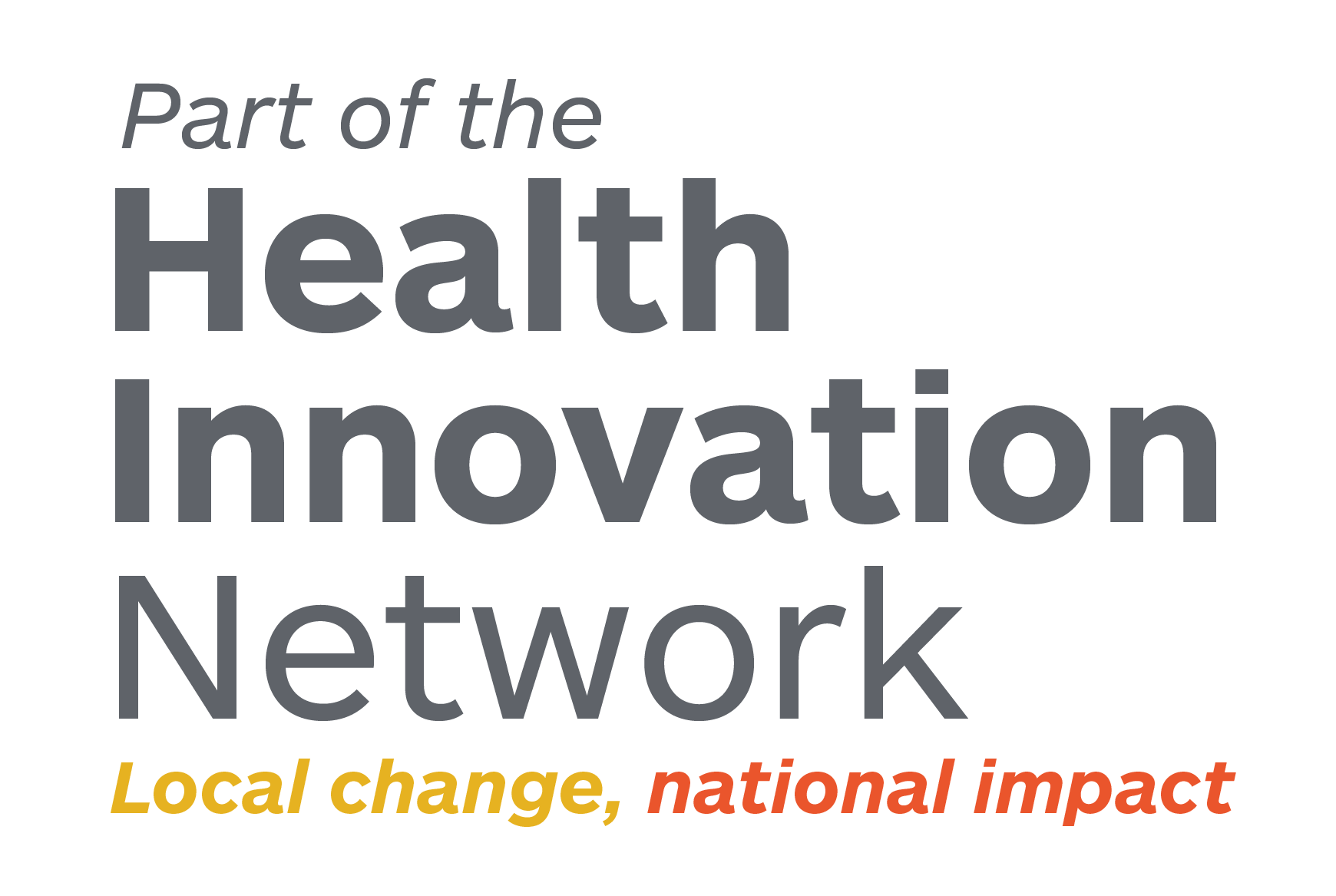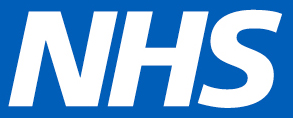Sally Buckland from the Bristol Royal Infirmary reflects on setting up their High Impact User Team and the launch of the SHarED project with the West of England AHSN.
Within every Emergency Department you will find a cohort of patients who have multiple attendances. Many of these patients have multiple needs and a high proportion are known to the community mental health services. The liaison psychiatry team at the Bristol Royal Infirmary had long recognised that many of the patients they saw in the Emergency Department following self-harm had existing care plans with the community services, and early interventions sought to ensure that care coordinators were able to advise on psychiatric support of their patients who were frequent attenders to the emergency department.
Other specialist teams, such as drug and alcohol services within the hospital, were also seeing similar patterns of attendance, often this group of patients were known to several teams, who began to look at ways of ensuring consistency of care.
In 2014 the High Impact User Team was set up within the Bristol Royal Infirmary Emergency Department to work alongside this cohort of patients and healthcare professionals with the aim of reducing unnecessary attendances and relieving pressure on the Emergency Department.
What quickly transpired though through this work was that there was a negative culture surrounding High Impact Users that also needed to be addressed. Staff were often reluctant to deal with High Impact Users and there was a common theme of negativity around their attendances.
A problem SHarED
Through time the work of the High Impact User Team has grown and the team expanded to meet the demand. In 2019 we began working with the West of England AHSN and launched SHarED (Supporting High impAct useRs to the Emergency Department) – a project to establish a network of High Impact User Teams within the Emergency Departments across the West of England.
Culture has been an important part of this work and, in an attempt to understand it further, staff at all SHarED sites have completed a survey relating to their experiences. Through this we have been able to gather important information about the culture surrounding some of our most vulnerable and complex patients. High Impact Users are, and continue to be, a group that staff struggle to engage with. But why is this?
Understanding the culture
High Impact Users are time intensive. Their presentations are rarely purely for medical reasons. They often have complex social and safeguarding issues that take significant time and resources to work out. Staff can end up feeling resentful if they find themselves spending less time with other patients as a result. Due to the complexity of their care there is often a concern about a risk of medical mismanagement.
A high proportion High Impact Users can be violent and aggressive in their behaviour. Staff often feel afraid and vulnerable in their presence. There is a significant level of risk management involved when dealing with these patients.
As Healthcare professionals it can become ingrained in us that we need to ‘fix’ our patients. The solutions often required in the case of the High Impact User are often longer term and can take time to implement. The perception that we are not fixing the issue is demoralising.
This can be emotive work. High Impact Users can have a significant emotional impact on those caring for them and often raise feelings within us that make us feel uncomfortable. Dealing with pain, trauma and non-engagement is draining. Sometimes there can seem to be no way forward in breaking the cycle of attendance.
Many of this cohort of patients present with self-harm, or drug and alcohol addictions, issues which can be perceived as self-inflicted, and thus somehow less deserving of staff time.
Patients with mental illness and addictions are also less likely to be able to engage easily with support services, or follow suggested treatment plans.
Finding solutions
This is a chaotic and difficult group of patients to work with and it became quite apparent early on in our work that a collaborative multiagency approach was the way forward. We aim to work with the High Impact User, GP and other agencies involved in their care to create Personal Support Plans to be used when the patient attends the Emergency Department. It is a model that has proved to be extremely successful. Personal Support Plans are designed and written to inform clinicians of key information, including risks and appropriate management suggestions in order to support them to be able to provide the most appropriate care response.
Whilst Support Plans are in place to help guide and support clinicians in their decision making there have been other benefits that we have discovered through the course of our work. Through a support plan we can communicate vital information that will enable the clinician to understand someone’s journey to becoming a frequent attender. It is important to remember that right at the centre of this process is a person with complex needs, and often a history of trauma. They are ultimately patients and deserve the same level of care regardless of the frequency of their attendances. We aim for clinicians to hear the voice of the patient through their Personal Support Plan.
Historically High Impact Users have been seen as a drain on resources, however we are now seeing that with the right management this can be overcome. By equipping healthcare professionals with the relevant information they can treat High Impact Users effectively thus saving time, money and ultimately, saving lives.
Through our experience of working with High Impact Users in The Bristol Royal Infirmary and the implementation of Personal Support Plans we have seen a culture start to change to one of compassion. We are excited to see the positive changes that the SHarED project will continue to engender within the other sites and within our own trust.
2020 was one of the most challenging years ever faced by the NHS. COVID has caused us to adapt and evolve our ways of working. We are grateful to the SHarED team for the way that they have kept to project running through these challenging times.
What next?
2021 will see the completion of the SHarED project. We look forward to working together as a network of High Impact User Teams across the West of England to continue to support our patients and clinicians and change and improve the culture around High Impact Users.




 Urszula Kapoulas is a Senior Project Manager within the Innovation & Growth team here at the West of England AHSN. Her role focuses on developing new partnerships, and engagement methods between the local health community and innovators, in order to articulate and respond to the clinical priorities of the region. Examples of this work include the
Urszula Kapoulas is a Senior Project Manager within the Innovation & Growth team here at the West of England AHSN. Her role focuses on developing new partnerships, and engagement methods between the local health community and innovators, in order to articulate and respond to the clinical priorities of the region. Examples of this work include the  Rosie Brown is a Project Manager also within the Innovation & Growth team. Her role is to work with innovators and help them to navigate the NHS. She is involved in the delivery of a few different areas of work that aim to do this, including our
Rosie Brown is a Project Manager also within the Innovation & Growth team. Her role is to work with innovators and help them to navigate the NHS. She is involved in the delivery of a few different areas of work that aim to do this, including our 

